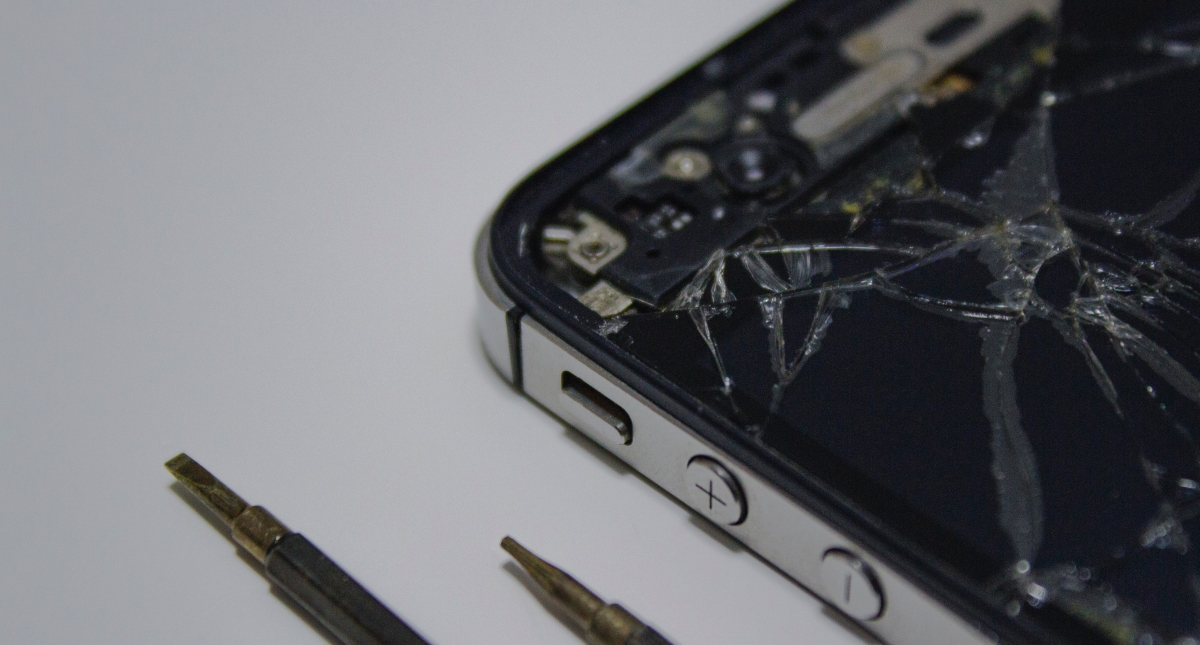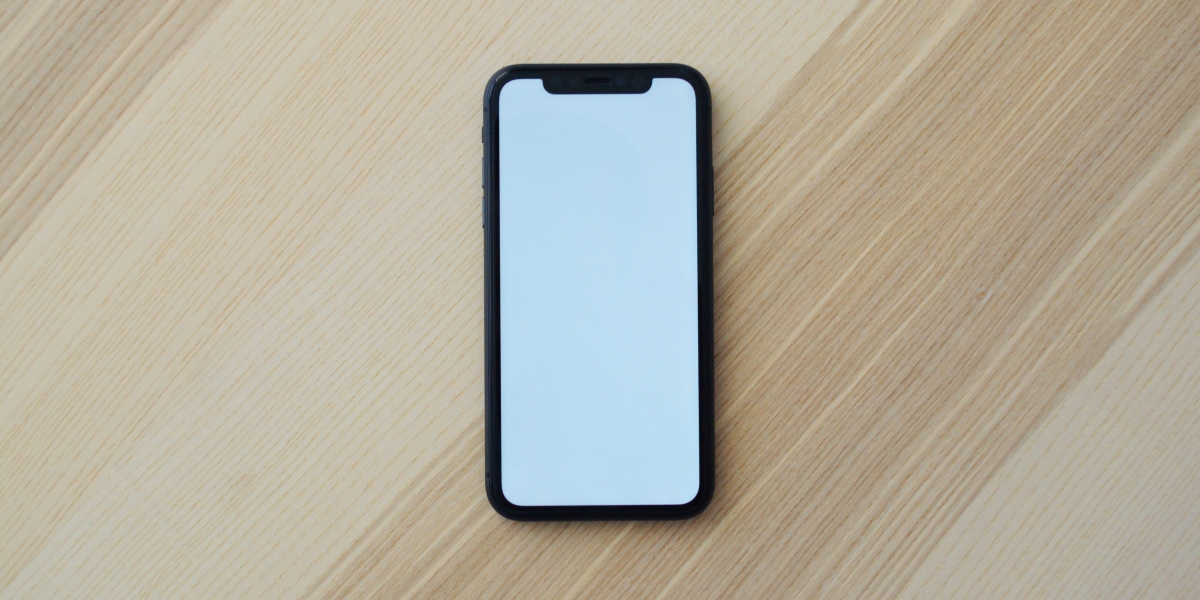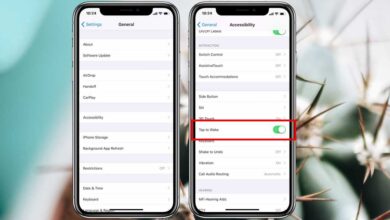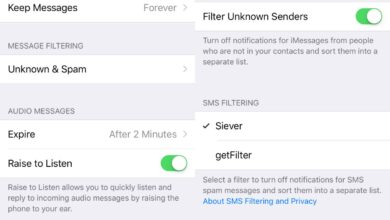Apple’s devices are expensive. Their warranty is expensive, and their repairs are expensive. Over the years, iPhone have become less and less ‘fixable’. iFixit has consistently been scoring the device low on fixability and Apple really doesn’t care to fix the problem. Apple prefers to repair its own devices and it will try and penalize users for having third-party repairs done.

Face ID not working after screen replacement
iPhone screens are fairly tough and you should always use a screen protector on your phone. Screen protectors have become far more resilient and a good protector will save your screen. That said, accidents happen and you may still end up shattering or cracking your screen.
Fix Face ID not working after screen replacement
If you’ve had your screen replaced, and the replacement was done by a third-party repair service, Face ID has been blocked on your device. This isn’t a problem with the repair work that has been done. This is a ‘check’ that Apple has placed on screen repair.
According to iFixit, this isn’t a software check. It’s hardware related. There is a tedious process that involves fixing sensors on the device after the screen has been replaced. If everything lines up the way it should, Face ID will start working again. The only problem is that this kind of process isn’t easy to follow by the average authorized repair shop. iFixit has years of experience and more expertise than most tech repair shops and is able to do it but for many users, the skill needed to fix the problem may not be available.

Apple has now confirmed that it will no longer block Face ID on phones that have had their screen replaced by a third-party repair service. This fix will be a software fix. An iOS update will remove the restriction but it is unclear when the update will roll out. You can live with the disabled Face ID until the update has been rolled out, or you can try having it repaired per the process iFixit has detailed. There is little else that can be done.
Conclusion
Apple used to slow down older iPhones with each new iOS update and it wasn’t until legal action was taken that it stopped doing so. Regulators in the EU have been pushing the right-to-repair as a basic consumer right. It hasn’t quite started legislation for iPhones but if it does, Apple may have to rethink how it manufactures its devices. Perhaps it may suit Apple to make a device that is impossible to repair rather than to have spare parts readily available for its iPhone but it all depends on the legislation that it is subject to, and what loopholes it offers the phone manufacturer.





